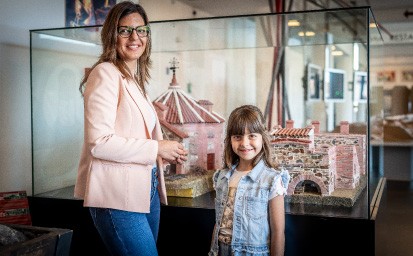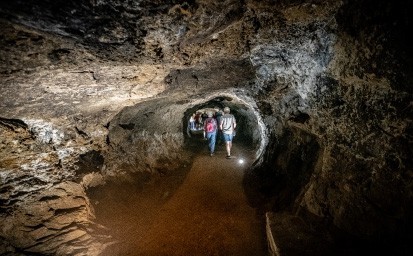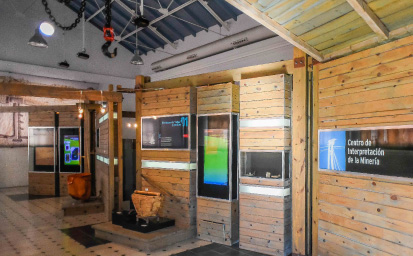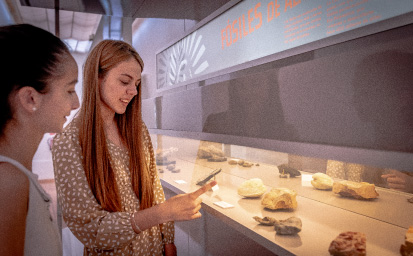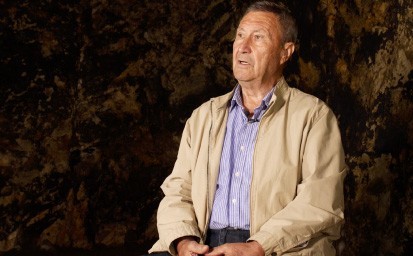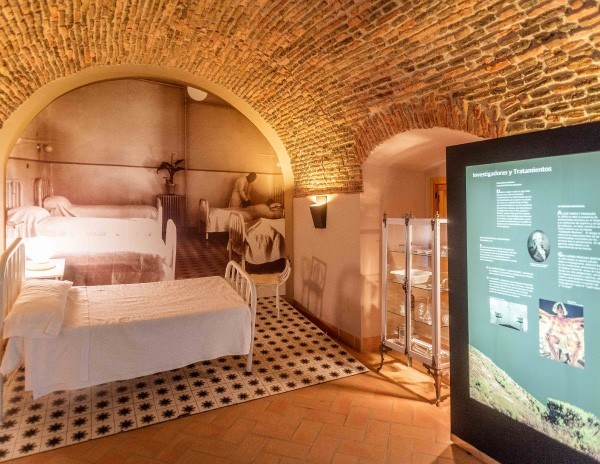What to see
The mercury extraction in Almadén represents a multidisciplinary heritage of more than 2,000 uninterrupted years of historical memory in the evolution of values and the shaping processes of Europe in its socio-political developments, technological innovations, economic-financial exchange, medical-medicinal research and applied environmental knowledge.
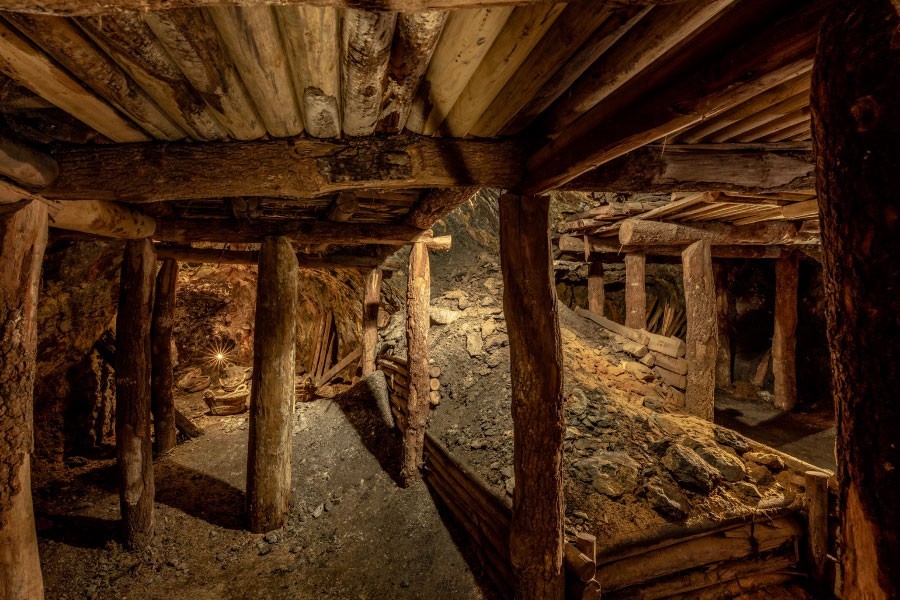
Seven key ideas in the history of Las Minas de Almadén
In Roman times there was a first mining complex with permanent settlements based on the production of vermillion for the textile industry. This laid the foundations for the trade and transport system between the metropolis and the periphery
The Muslim farm was the supply center for quicksilver for medicine and alchemy throughout the medieval world.
After the Castilian conquest, S. XIII, the Order of Calatrava produced quicksilver and vermillion for Europe, the Mediterranean, and Asia. Which allowed the territorial economic consolidation of southern Europe.
During S. XVI, the mine was leased in payment for the loans for the proclamation of Charles V as emperor to the Fugger banking family, financiers who were precursors of business models and modern capitalism.
Almadén nowadays
Almadén was decisive for the consolidation and expansion of the Spanish monarchy. The technological process of fusion of silver with quicksilver contributed to consolidate the European monetary and economic system.
In the XVIII Century, the Almadén Mining Academy was stablished, the first in Spain, where European mining engineers contributed to the exchange and scientific consolidation of geology and mining engineering
In the XIX and XX centuries, Almadén was a world leader in the production and sale of mercury. In 2003, due to European environmental guidelines, the farm ceased its activity. A process of reconversion and productive regeneration was undertaken in the agricultural, environmental, scientific and tourism sectors.
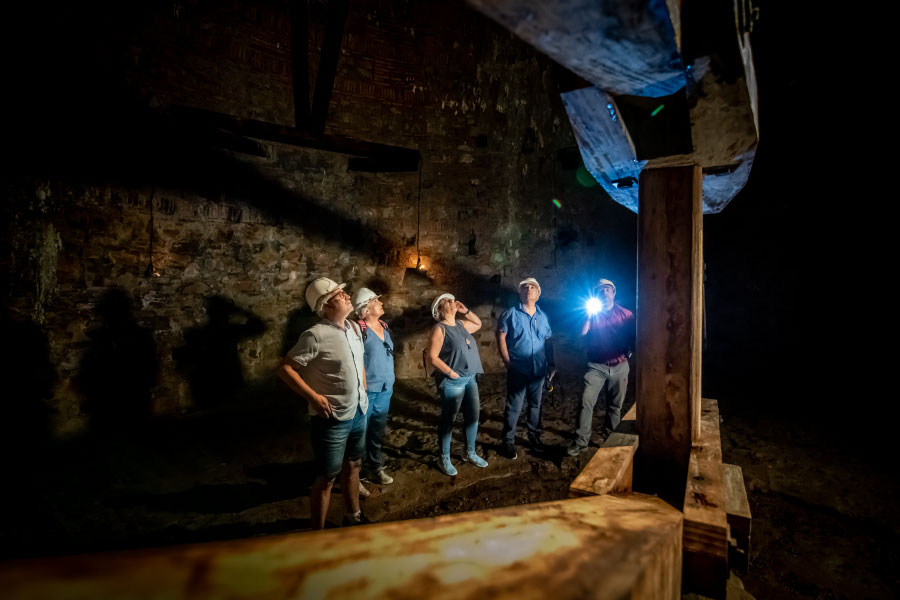
Presentación general
El Parque Minero de Almadén es un conjunto de instalaciones y experiencias complementarias:
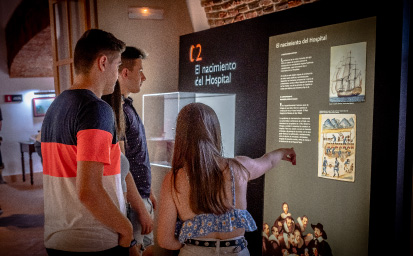
Hospital de mineros San Rafael
Construido en 1755, que alberga: Archivo Histórico, Espacios expositivos, Hospital de mineros, Cárcel de forzados, Patrimonio comarcal.
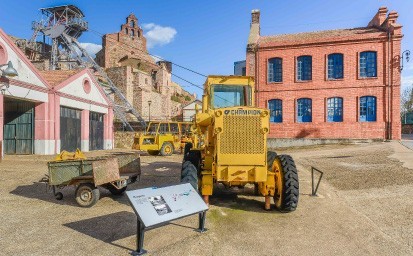
Instalaciones exteriores
Espacios tematizados: Antiguos talleres, Castillete del pozo de San Aquilino, Castillete del San Teodoro.
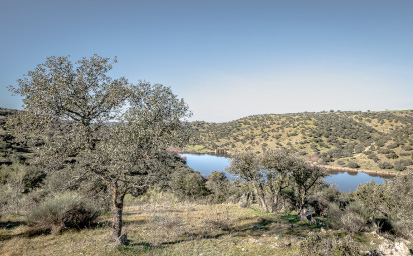
Ecoturismo Castilseras
Paisajes espectaculares con una gran variedad faunística, botánica y geológica
The keys to the heritage value of the Almadén mines
The Almadén Mines have been a center of applied technological innovation for the last 500 years. They are a benchmark in the evolution of mining and exemplify the European industrial heritage and its importance for the development of citizenship, the economy, occupational health care and the environmental, cultural and landscape values of the European Union.
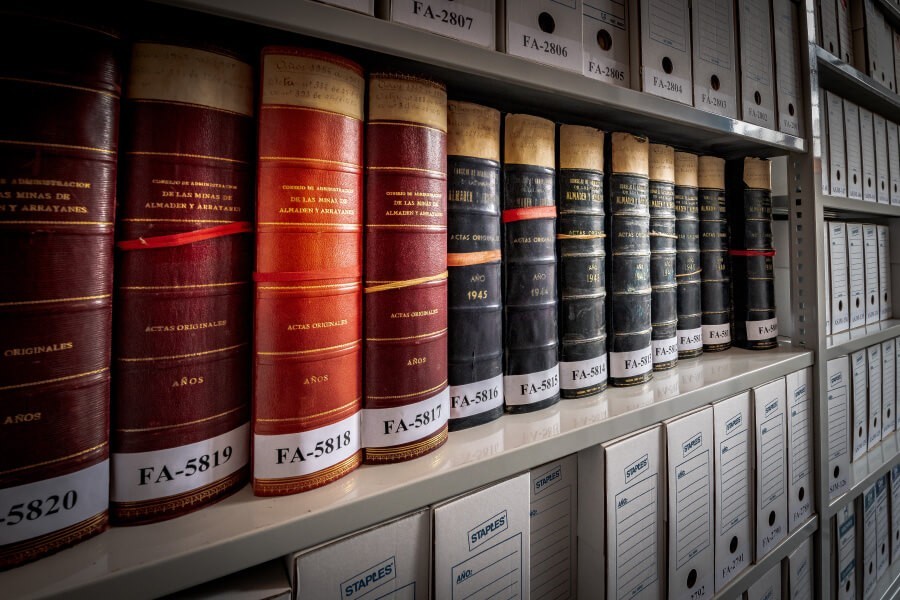
Territorial, infrastructural and commercial structure
The exploitation system since Roman times was the basis of an infrastructural and commercial system traceable today throughout the world.
The consolidation from the thirteenth century of the southern border of Europe in the Iberian Peninsula was partly financed by the system of royal exploitation concessions to the religious-military orders over Almadén.
Engineering-technological innovation and mining-metallurgical heritage
The Almadén Mining Park is a world reference in industrial and mining heritage as a center of continuous exploitation for more than 2000 years, especially in the last 500, when it has been innovated and applied, constituting a unique collection of exploitation models in evolution.
In the 18th century, the foundation of the Almadén Mining Academy, second in Europe, allowed European mining engineers to contribute to the exchange and scientific consolidation of geology and mining engineering in the world.
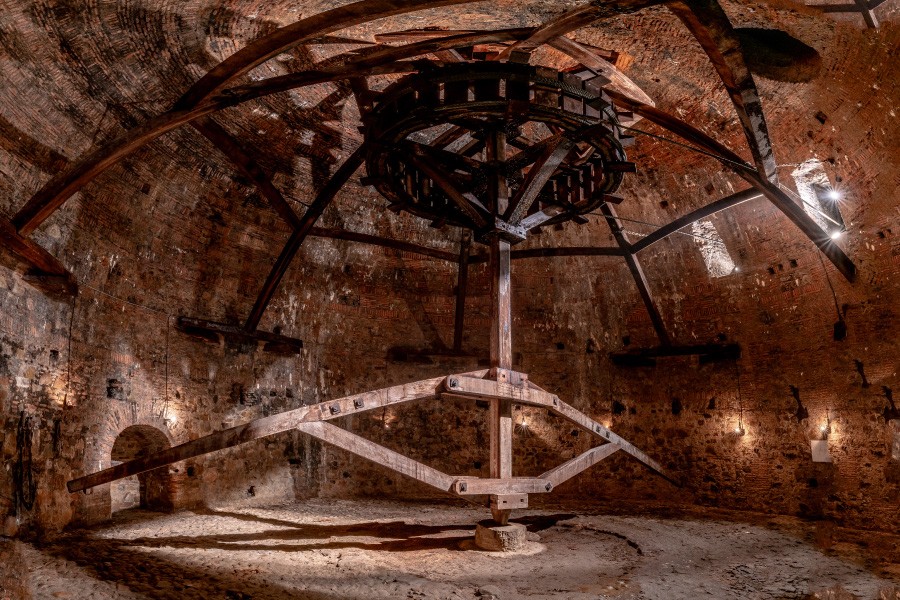
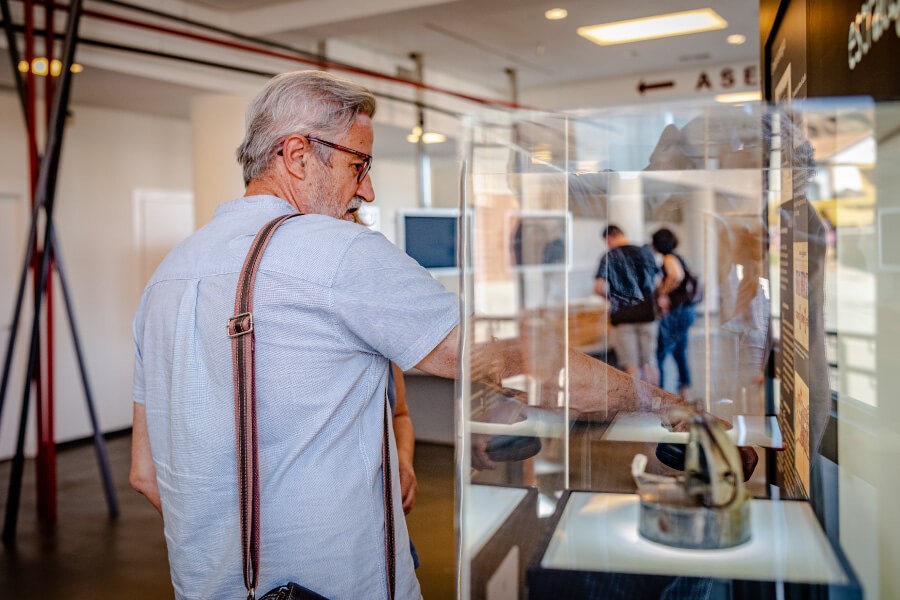
Economic-financial exchange and political development
Almadén was to a great extent the basis of an exchange system of monetary mints that contributed to the development of the modern mercantile system and the prosperity of Europe, with a great influence in the social, political, economic and military spheres in Europe, since the 16th century. to the XIX.
Its relevance was recognized by important economic emporiums, such as the Fugger family that managed these mines during the 16th century and helped finance the election of Charles I of Spain as emperor with half a million florins, which he had to recover mainly with the income from mercury. Almaden.
Medical-medicinal research
As a result of the Hospital del Mineros in the 18th century, a model of occupational health care was created that incorporated values close to universal health care, and established a direct flow between research and medical treatment.
Environmental scientist and productive reconversion
The Almadén Mining Park exemplifies the scientific-environmental and industrial modernizing and transforming process of the European Union. The closure and reconversion of the farm based on sustainable management and socioeconomic adaptation demonstrates the European Union of the 21st century.
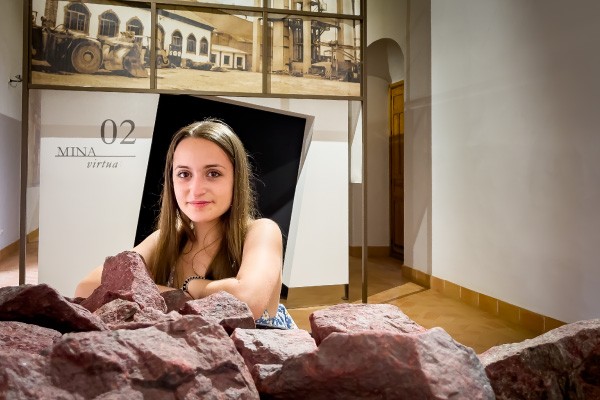
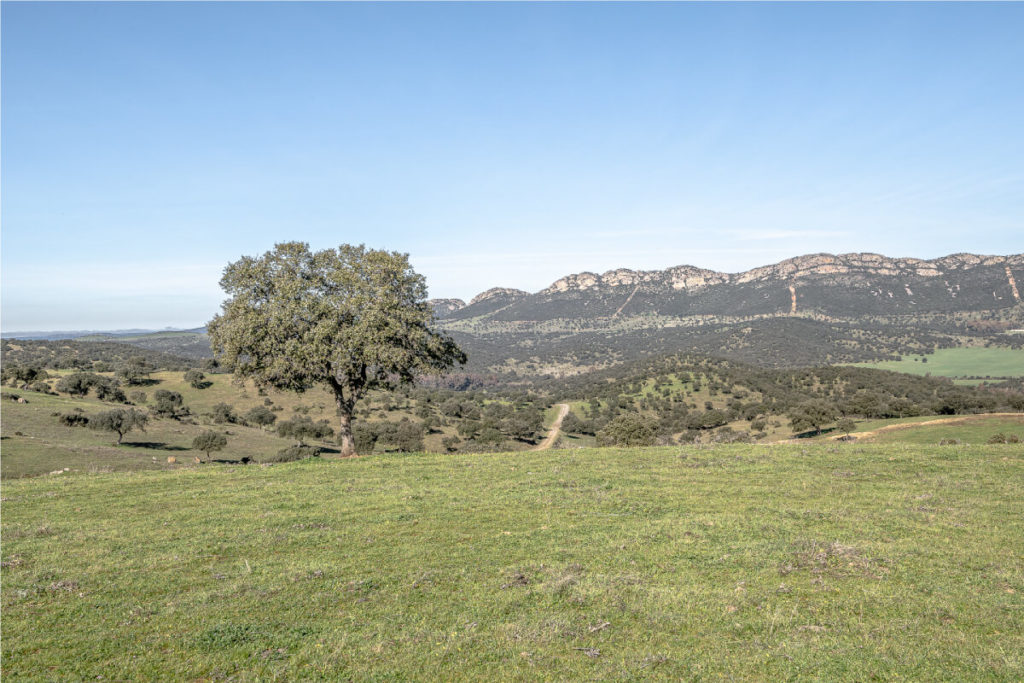
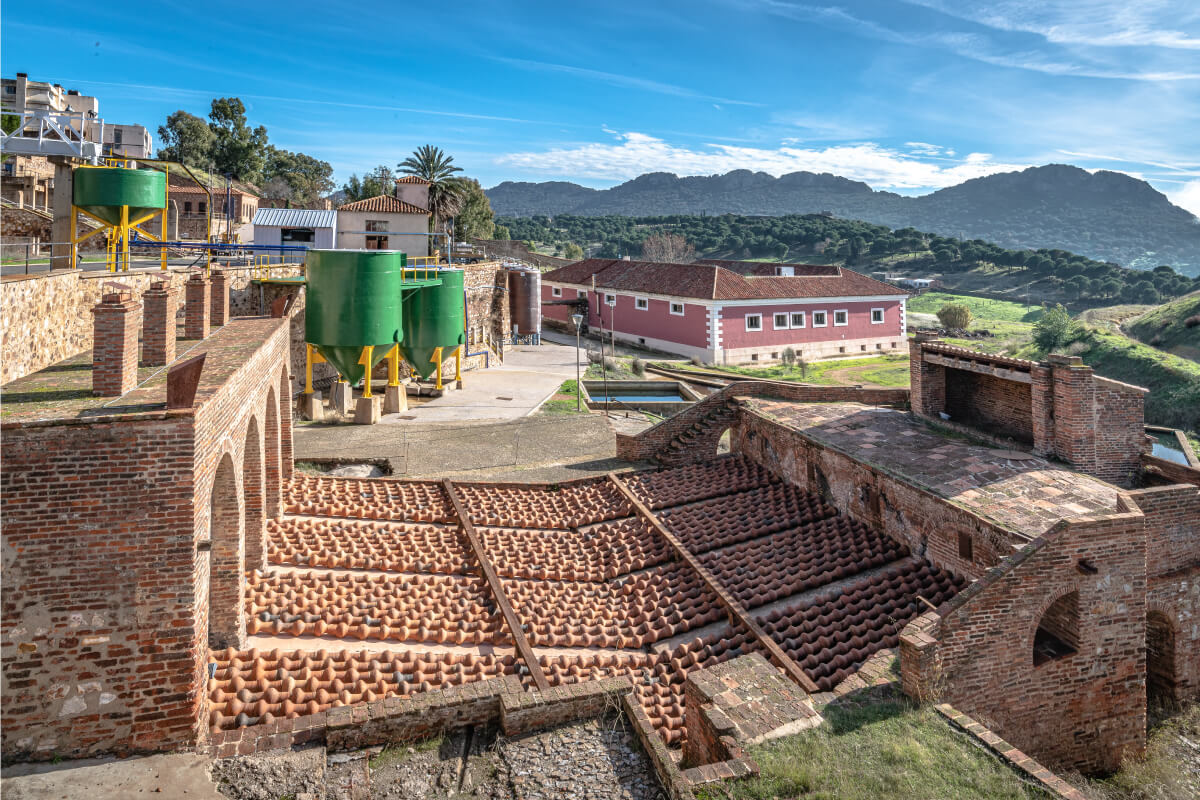
A GREAT PROJECT FOR A GREAT FUTURE; FROM THE PRODUCTIVE RECONVERSION TO THE COMMITMENT TO SUSTAINABLE DEVELOPMENT.
The closure and reconversion of the exploitation based on sustainable management and socioeconomic adaptation evidences the E.U. of the 21st century.


